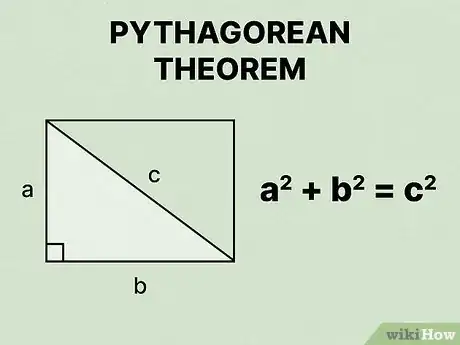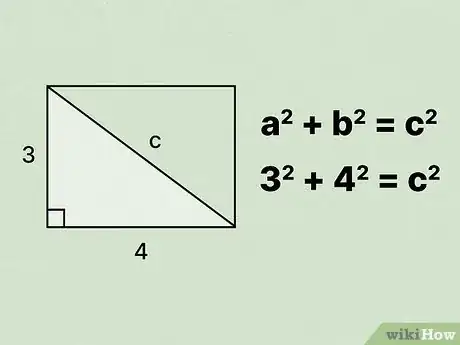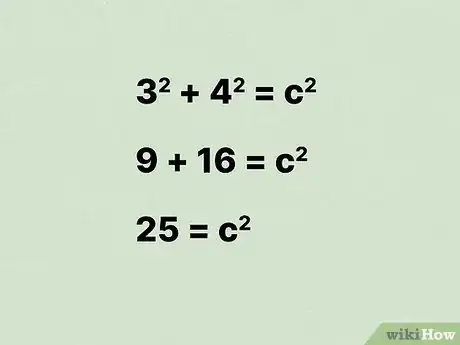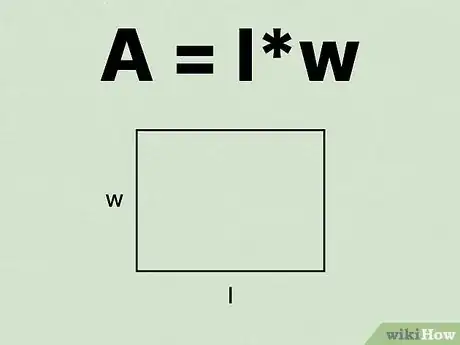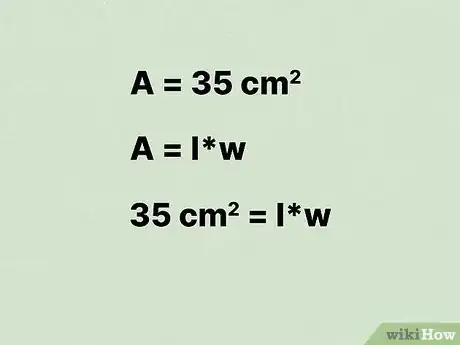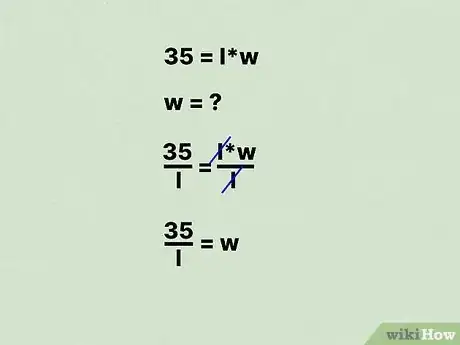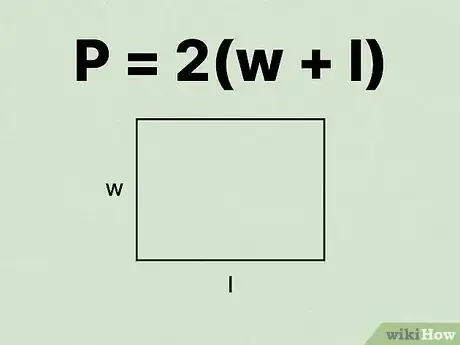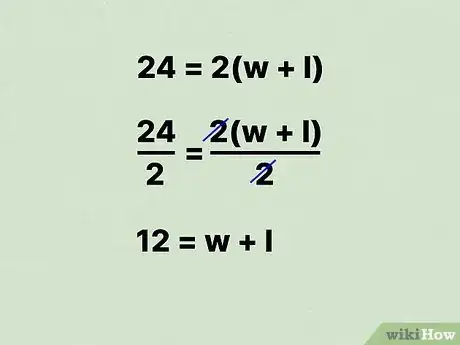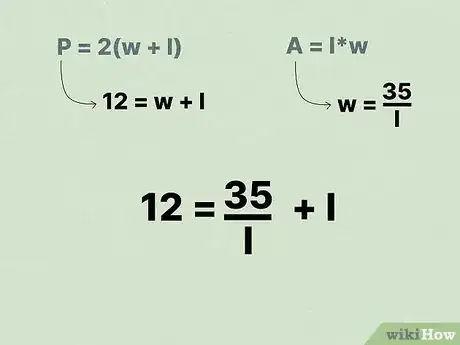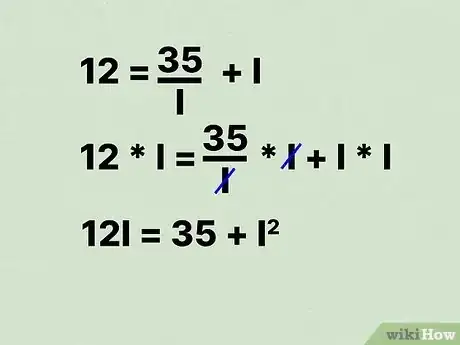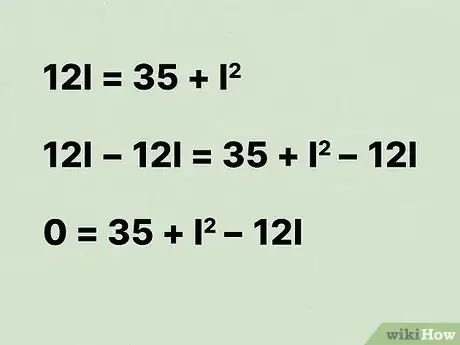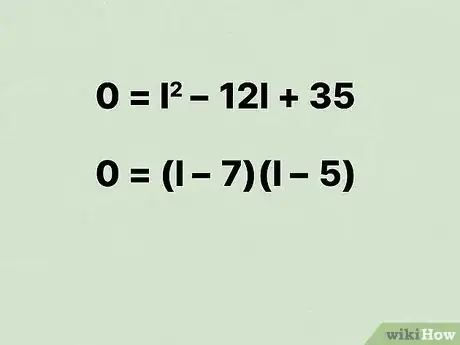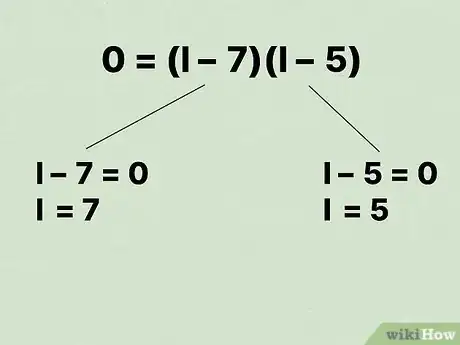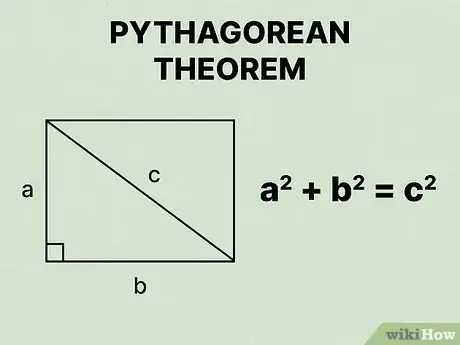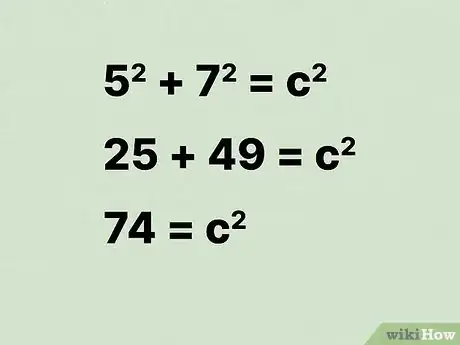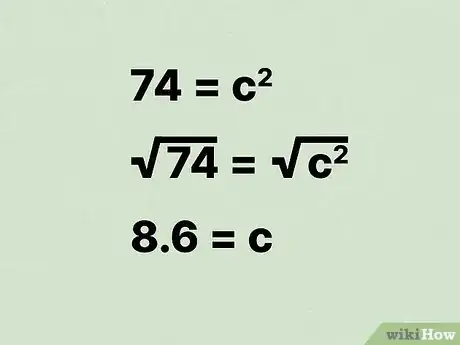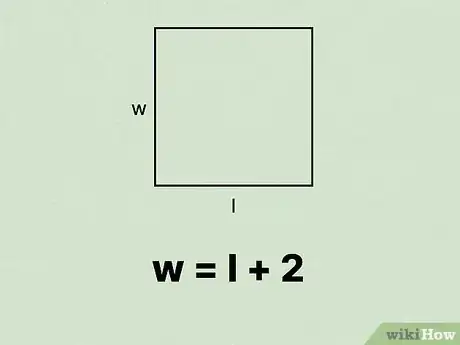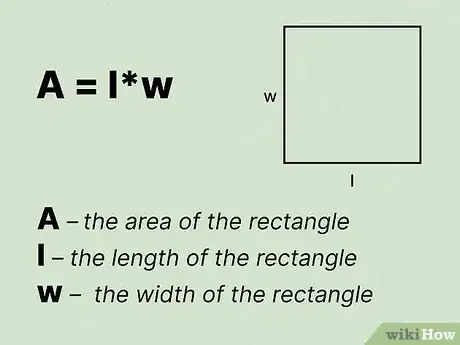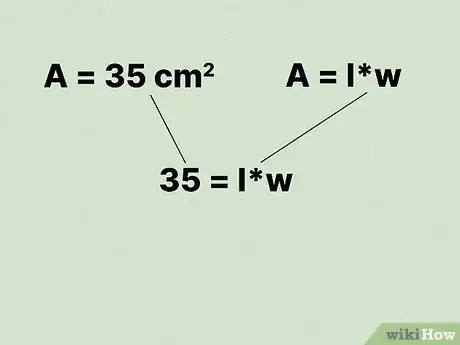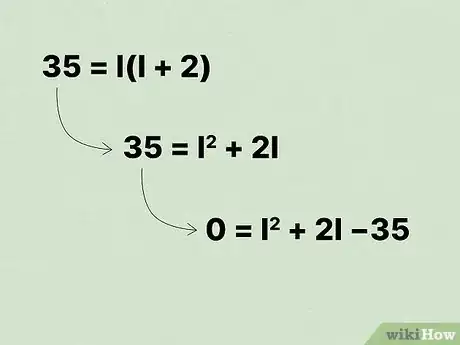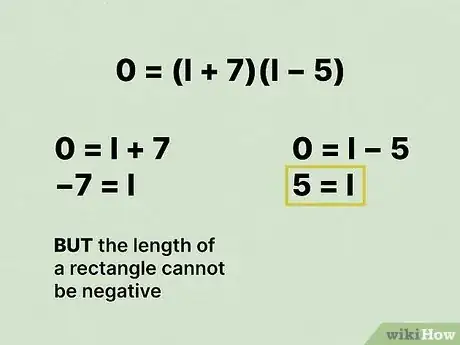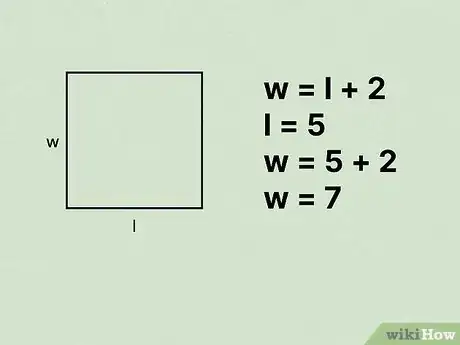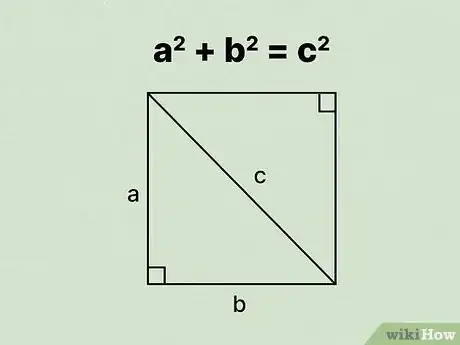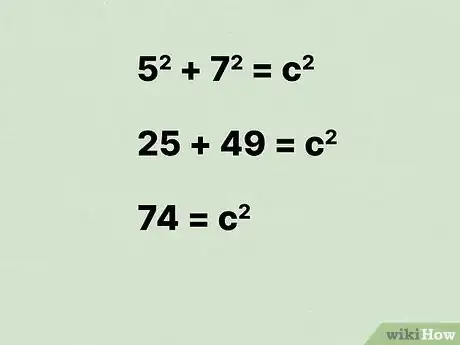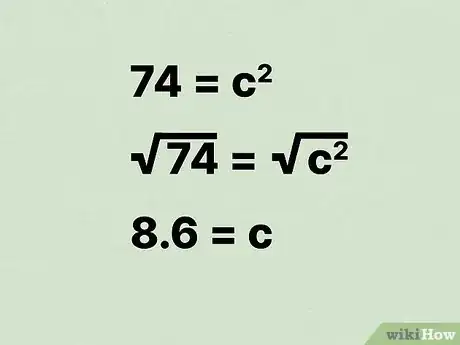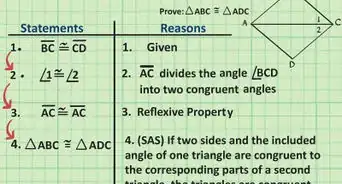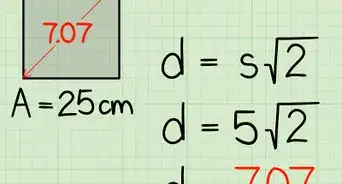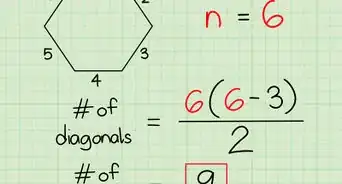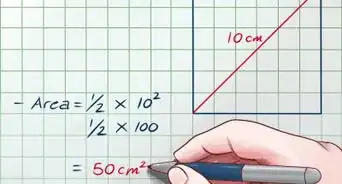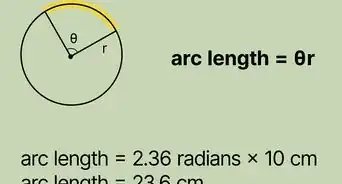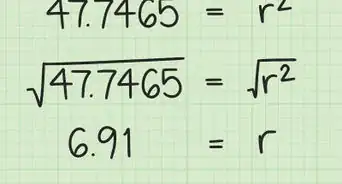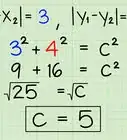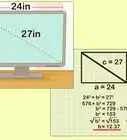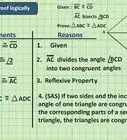This article was co-authored by David Jia. David Jia is an Academic Tutor and the Founder of LA Math Tutoring, a private tutoring company based in Los Angeles, California. With over 10 years of teaching experience, David works with students of all ages and grades in various subjects, as well as college admissions counseling and test preparation for the SAT, ACT, ISEE, and more. After attaining a perfect 800 math score and a 690 English score on the SAT, David was awarded the Dickinson Scholarship from the University of Miami, where he graduated with a Bachelor’s degree in Business Administration. Additionally, David has worked as an instructor for online videos for textbook companies such as Larson Texts, Big Ideas Learning, and Big Ideas Math.
There are 11 references cited in this article, which can be found at the bottom of the page.
This article has been viewed 750,959 times.
A diagonal is a straight line that connects one corner of a rectangle to the opposite corner.[1] A rectangle has two diagonals, and each is the same length.[2] If you know side lengths of the rectangle, you can easily find the length of the diagonal using the Pythagorean Theorem, since a diagonal divides a rectangle into two right triangles. If you don’t know the side lengths, but you have other information, such as the area and perimeter, or the relationship between side lengths, some extra steps will allow you to find the length and width of the rectangle, and from there you can use the Pythagorean Theorem to find the length and width of the diagonal.
Steps
Using the Length and the Width
-
1Set up the formula for the Pythagorean Theorem. The formula is , where and equal the side lengths of a right triangle, and equals the length of a right triangle’s hypotenuse.[3]
- You use the Pythagorean Theorem because a diagonal of a rectangle cuts the rectangle into two congruent right triangles.[4] The length and width of the rectangle are the side lengths of the triangle; the diagonal is the hypotenuse of the triangle.
-
2Plug the length and the width into the formula. These should be given, or you should be able to measure them. Make sure you are substituting for and .[5]
- For example, if the width of a rectangle is 3 cm, and the length is 4 cm, your formula will look like this: .
Advertisement -
3Square the length and width, then add these numbers together. Remember, squaring a number means to multiply the number by itself.[6]
- For example:
- For example:
-
4Take the square root of each side of the equation. The easiest way to find a square root is to use a calculator. You can use an online calculator if you do not have a scientific calculator.[7] This will give you the value of , which is the hypotenuse of the triangle, and the diagonal of the rectangle.
- For example:
So, the diagonal of a rectangle with a width of 3 cm and a length of 4 cm is 5 cm.
- For example:
Using the Area and Perimeter
-
1Set up the formula for the area of a rectangle. The formula is , where equals the area of the rectangle, equals the length of the rectangle, and equals the width of the rectangle.[8]
-
2Plug the area of the rectangle into the formula. Make sure you substitute for the variable .
- For example, if the area of the rectangle is 35 square centimeters, your formula will look like this: .
-
3Rearrange the formula, finding a value for . To do this, divide both sides of the equation by . Set this value aside. You will plug it into the perimeter formula later.
- For example:
.
- For example:
-
4Set up the formula for the perimeter of a rectangle. The formula is , where equals the width of the rectangle, and equals the length of the rectangle.[9]
-
5Plug the value of the perimeter into the formula. Make sure you substitute for the variable .
- For example, if the perimeter of a rectangle is 24 centimeters, your formula will look like this: .
-
6Divide both sides of the equation by 2. This will give you the value of .
- For example:
.
- For example:
-
7Plug the value of into the equation. Use the value you found by rearranging the formula for area.[10]
- For example, if using the area formula you found that , replace this value of into the perimeter formula:
- For example, if using the area formula you found that , replace this value of into the perimeter formula:
-
8Cancel out the fraction in the equation. To do this, multiply both sides of the equation by .
- For example:
- For example:
-
9Set the equation to 0. To do this, subtract the first-degree term from both sides of the equation.
- For example:
- For example:
-
10Reorder the equation by order of terms. This means the term with the exponent will be first, followed by the term with the variable, followed by the constant. When reordering, make sure you keep the appropriate positive and negative signs. You should note that the equation is now set up as a quadratic equation.
- For example, becomes .
-
11Factor the quadratic equation. For complete instructions on how to do this, read Solve Quadratic Equations.
- For example, the equation can be factored as .
-
12Find the values of . To do this, set each term to zero and solve for the variable. You will find two solutions, or roots, to the equation. Since you are working with a rectangle, the two roots will be the width and length of your rectangle.
- For example:
AND
.
So, the length and width of the rectangle are 7 cm and 5 cm.
- For example:
-
13Set up the formula for the Pythagorean Theorem. The formula is , where and equal the side lengths of a right triangle, and equals the length of a right triangle’s hypotenuse.[11]
- You use the Pythagorean Theorem because a diagonal of a rectangle cuts the rectangle into two congruent right triangles.[12] The width and length of the rectangle are the side lengths of the triangle; the diagonal is the hypotenuse of the triangle.
-
14Plug the width and length into the formula. It doesn’t matter which value you use for which variable.
- For example, if you found the width and length of the rectangle are 5 cm and 7 cm, your formula will look like this: .
-
15Square the width and length, then add these numbers together. Remember, squaring a number means to multiply the number by itself.
- For example:
- For example:
-
16Take the square root of each side of the equation. The easiest way to find a square root is to use a calculator. You can use an online calculator if you do not have a scientific calculator.[13] This will give you the value of , which is the hypotenuse of the triangle, and the diagonal of the rectangle.
- For example:
So, the diagonal of a rectangle with an area of 35 cm and a perimeter of 24 cm is about 8.6 cm.
- For example:
Using the Area and Relational Side Lengths
-
1Write a formula explaining the relationship between the side lengths.[14] You can isolate the length () or the width (). Set this formula aside. You will plug it into the area formula later.
- For example, if you know the width of a rectangle is 2 cm more than the length, you can write a formula for : .
-
2Set up the formula for the area of a rectangle. The formula is , where equals the area of the rectangle, equals the length of the rectangle, and equals the width of the rectangle.[15]
- You can use this method if you know the perimeter of the rectangle, except you would now set up the perimeter formula instead of the area formula. The formula for the perimeter of a rectangle is , where equals the width of the rectangle, and equals the length of the rectangle.[16]
-
3Plug the area of the rectangle into the formula. Make sure you substitute for the variable .
- For example, if the area of the rectangle is 35 square centimeters, your formula will look like this: .
-
4Plug the relational formula for the length (or width) into the formula. Since you are working with a rectangle, it doesn’t matter whether you work with the or variable.
- For example, if you found that , then you would substitute this relationship for in the area formula:
- For example, if you found that , then you would substitute this relationship for in the area formula:
-
5Set up a quadratic equation. To do this, use the distributive property to multiply the terms in parentheses, then set the equation to 0.[17]
- For example:
- For example:
-
6Factor the quadratic equation. For complete instructions on how to do this, read Solve Quadratic Equations.
- For example, the equation can be factored as .
-
7Find the values of . To do this, set each term to zero and solve for the variable. You will find two solutions, or roots, to the equation.
- For example:
AND
.
In this case, you have one negative root. Since the length of a rectangle cannot be negative, you know that the length must be 5 cm.
- For example:
-
8Plug the value of the length (or width) into your relationship formula. This will give you the length of the other side of the rectangle.
- For example, if you know that the length of the rectangle is 5 cm, and that the relationship between the side lengths is , you would substitute 5 for the length in the formula:
- For example, if you know that the length of the rectangle is 5 cm, and that the relationship between the side lengths is , you would substitute 5 for the length in the formula:
-
9Set up the formula for the Pythagorean Theorem. The formula is , where and equal the side lengths of a right triangle, and equals the length of a right triangle’s hypotenuse.[18]
- You use the Pythagorean Theorem because a diagonal of a rectangle cuts the rectangle into two congruent right triangles.[19] The width and length of the rectangle are the side lengths of the triangle; the diagonal is the hypotenuse of the triangle.
-
10Plug the width and length into the formula. It doesn’t matter which value you use for which variable.
- For example, if you found the width and length of the rectangle are 5 cm and 7 cm, your formula will look like this: .
-
11Square the width and length, then add these numbers together. Remember, squaring a number means to multiply the number by itself.
- For example:
- For example:
-
12Take the square root of each side of the equation. The easiest way to find a square root is to use a calculator. You can use an online calculator if you do not have a scientific calculator.[20] This will give you the value of , which is the hypotenuse of the triangle, and the diagonal of the rectangle.
- For example:
So, the diagonal of a rectangle with a width that is 2 cm more than the length, and an area of 35 cm, is about 8.6 cm.
- For example:
Community Q&A
-
QuestionThe diagonal of a rectangle is 25 cm. If one of the rectangle's sides is 15 cm, how do I calculate the area?
 DonaganTop AnswererUse the Pythagorean Theorem to find the other side. Then multiply the length by the width.
DonaganTop AnswererUse the Pythagorean Theorem to find the other side. Then multiply the length by the width. -
QuestionWhat is the diagonal if the width is 24' and the length is 20'?
 LyKaxandra CaimoyCommunity Answer√[(24^2 )+(20^2)] = √576+400 = √976 = 4√61`
LyKaxandra CaimoyCommunity Answer√[(24^2 )+(20^2)] = √576+400 = √976 = 4√61` -
QuestionWhat is the diagonal measurement of a rectangle 150 feet in length by 100 feet in width?
 Community AnswerUse the Pythagorean Theorem (a^2 + b^2 = c^2). A and B are the lengths of the two sides of the rectangle. To get the length of the hypotenuse, you would need to solve for C. C is the square root of (A squared plus B squared). So c = (a^2 + b^2)^.5.
Community AnswerUse the Pythagorean Theorem (a^2 + b^2 = c^2). A and B are the lengths of the two sides of the rectangle. To get the length of the hypotenuse, you would need to solve for C. C is the square root of (A squared plus B squared). So c = (a^2 + b^2)^.5.
References
- ↑ http://www.mathopenref.com/rectanglediagonals.html
- ↑ http://www.mathwarehouse.com/geometry/quadrilaterals/parallelograms/rectangle.php
- ↑ http://mathworld.wolfram.com/PythagoreanTheorem.html
- ↑ http://www.mathopenref.com/rectanglediagonals.html
- ↑ https://www.cuemath.com/geometry/diagonals-of-rectangle/
- ↑ https://www.cuemath.com/geometry/diagonals-of-rectangle/
- ↑ https://www.geogebra.org/scientific?lang=en
- ↑ https://www.khanacademy.org/math/cc-third-grade-math/imp-geometry/imp-multiply-to-find-area/a/area-rectangles-review
- ↑ https://www.omnicalculator.com/math/diagonal-of-rectangle
- ↑ https://www.piday.org/calculators/area-of-a-rectangle-calculator/
- ↑ http://mathworld.wolfram.com/PythagoreanTheorem.html
- ↑ http://www.mathopenref.com/rectanglediagonals.html
- ↑ https://www.geogebra.org/scientific?lang=en
- ↑ http://www.algebralab.org/Word/Word.aspx?file=Geometry_AreaPerimeterRectangles.xml
- ↑ https://www.omnicalculator.com/math/diagonal-of-rectangle
- ↑ http://www.mathopenref.com/rectangleperimeter.html
- ↑ https://www.mathsisfun.com/algebra/quadratic-equation.html
- ↑ http://mathworld.wolfram.com/PythagoreanTheorem.html
- ↑ http://www.mathopenref.com/rectanglediagonals.html
- ↑ https://www.geogebra.org/scientific?lang=en
About This Article
To find a measurement of a diagonal inside a rectangle, start by finding the rectangle's width and length. Next, square the width and length and add them together. For example, if your rectangle is 3 cm wide and 4 cm long, square these numbers to get 9 and 16. Add them to get 25, then find the square root of 25 to get 5. Therefore, the measurement of the diagonal for your rectangle is 5 cm. To learn more, including how to use area and perimeter to find the measurement of a diagonal, scroll down.
